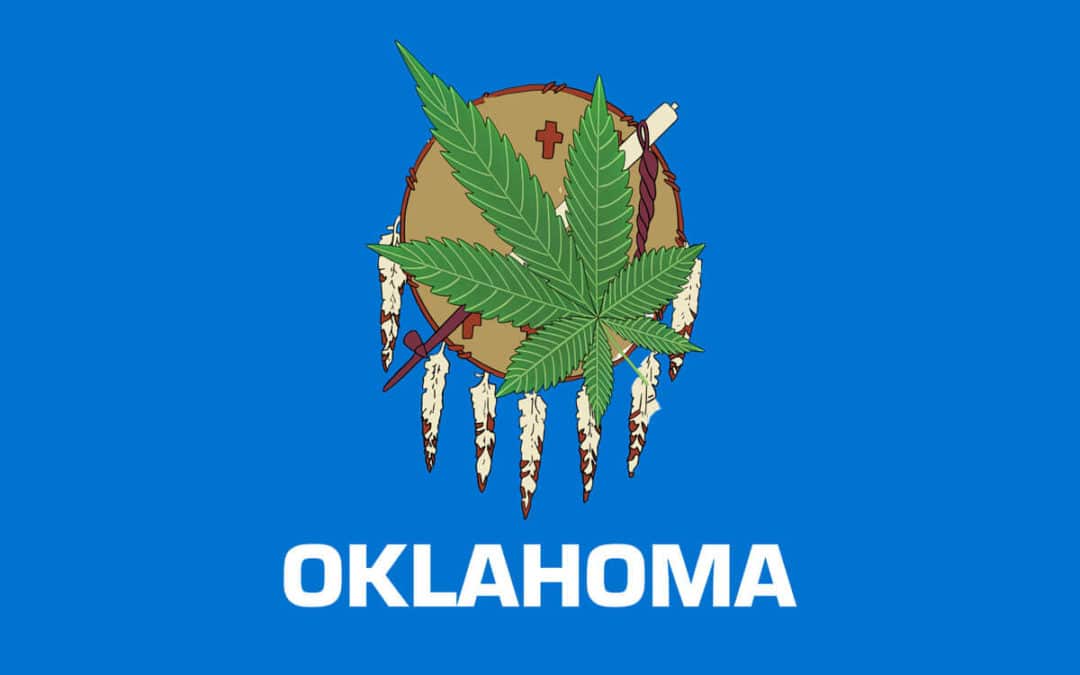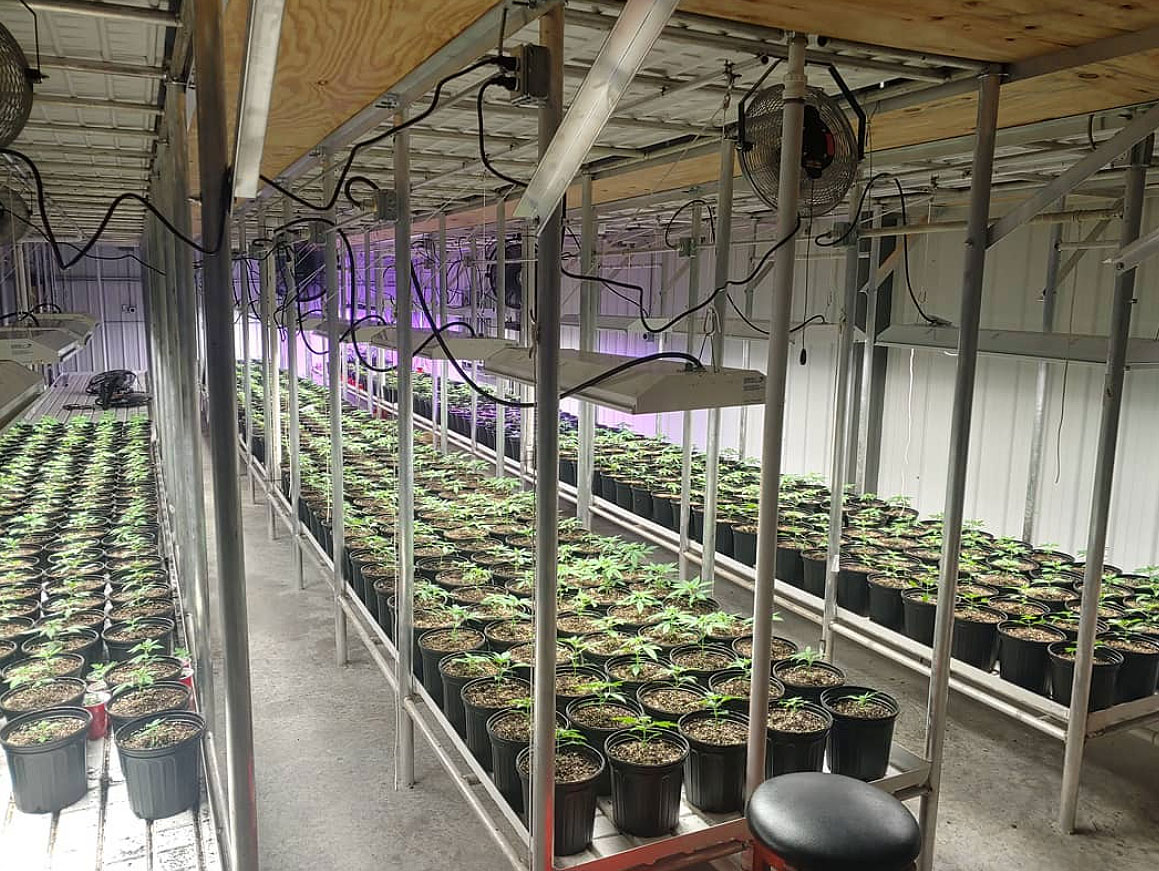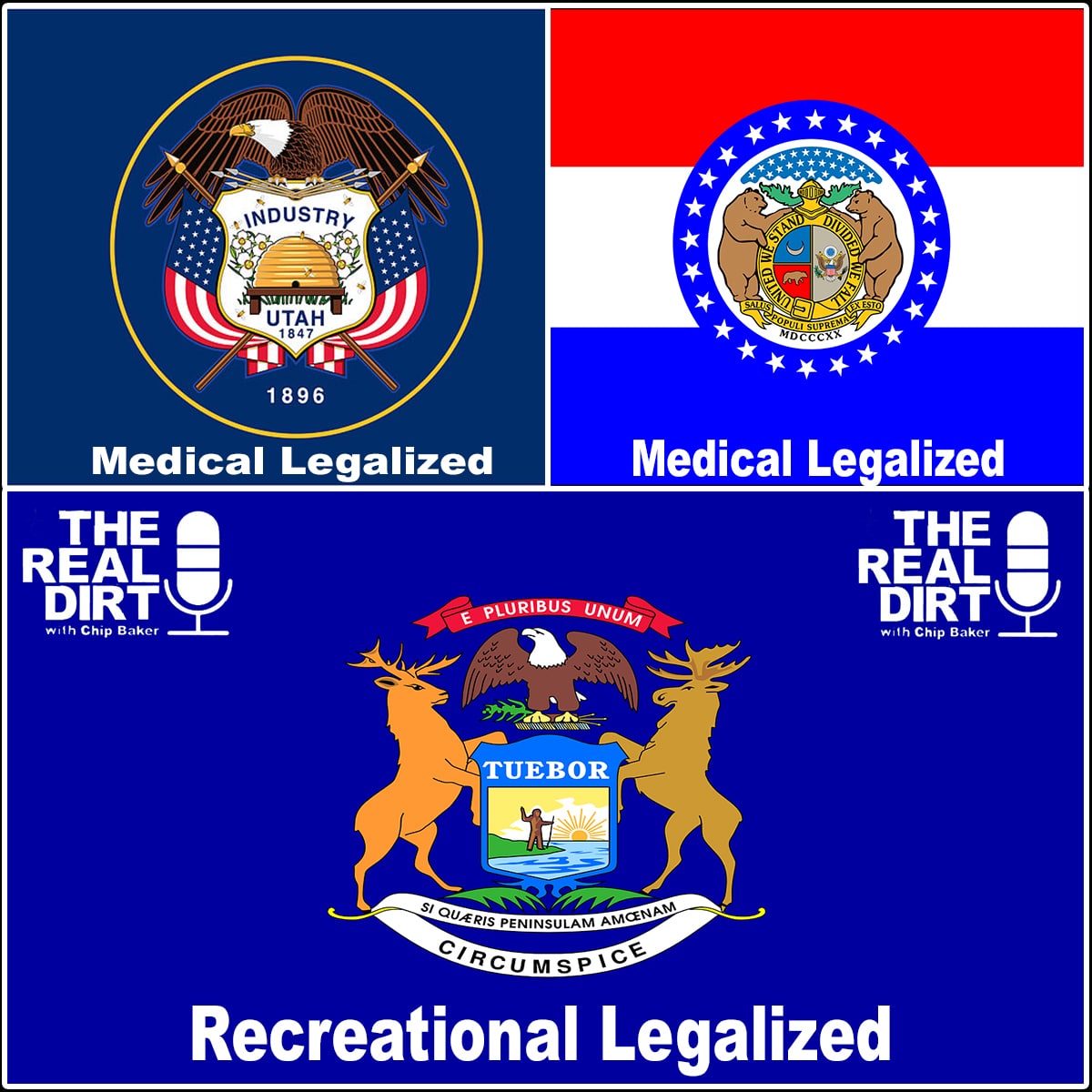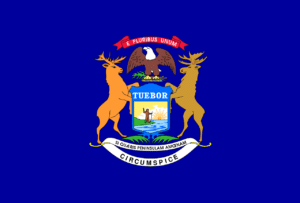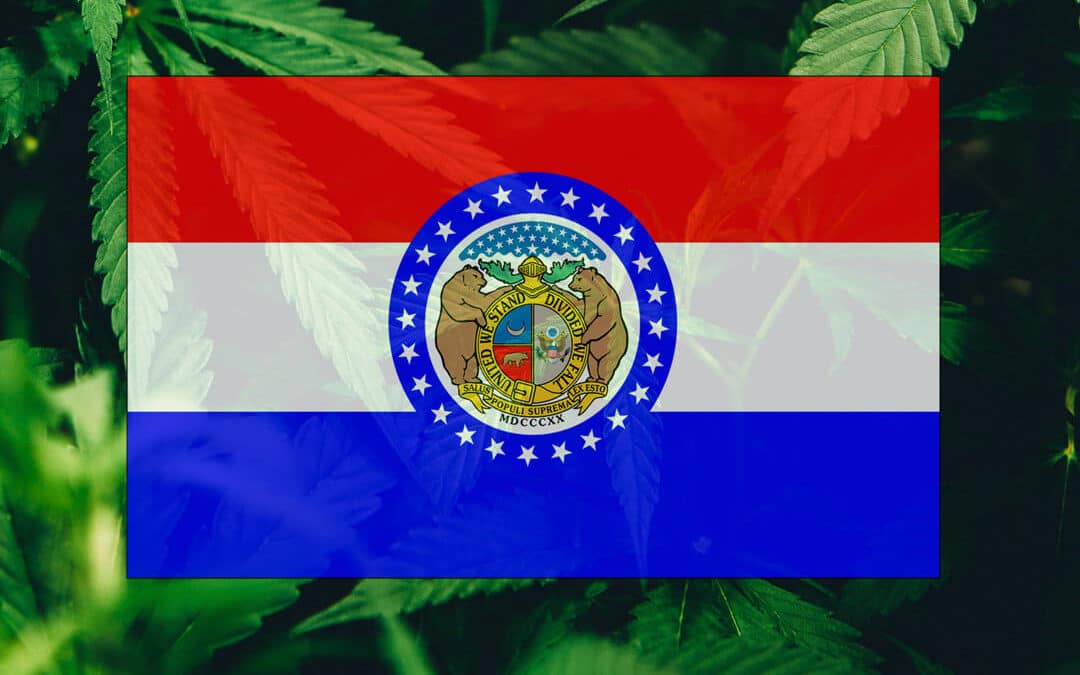
Missouri Medical Marijuana Makes Moves
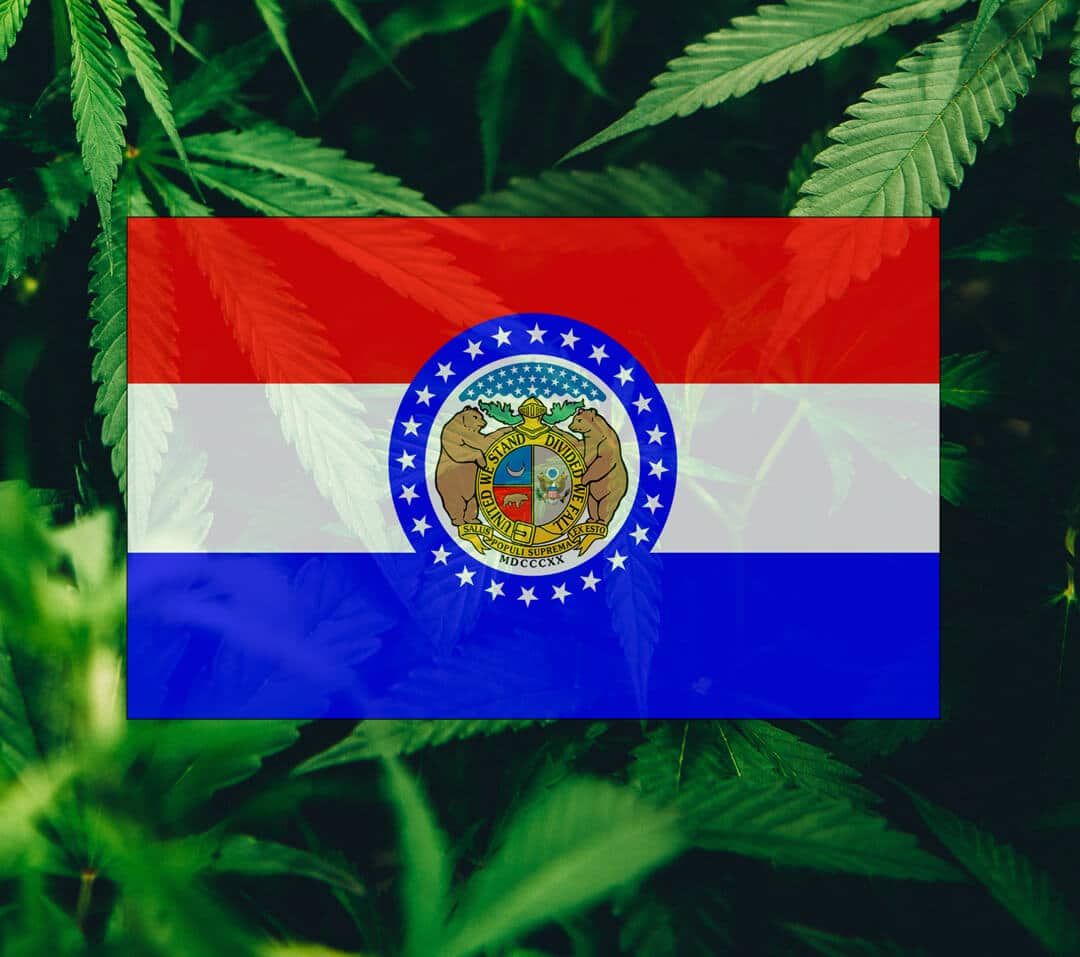
Over 300 Missouri medical marijuana licenses will be distributed in the state in 2019. Is the state about to pop off?
As of February 7, 2019, more than $3 million medical marijuana license fees have been paid since the state began accepting pre-filed applications a month ago. Over 400 applications have been submitted to the Department of Health since then.
Among those applications, 226 were for dispensaries, 128 were for cultivation facilities and 64 forms for infused product manufacturing.
Missouri Medical Marijuana
Amendment 2 legalizes growing, manufacturing, selling and consuming marijuana and marijuana products for medicinal use at the state level. The state began accepting pre-filed applications in January 2019.
According to backers of Amendment 2, 192 dispensaries will be ready and operational for patients by 2020. The amendment sets up the following fee schedule:
- Patient fees are $25 per year;
- Dispensary fees are $6,000 initially, then $10,000 per year;
- Cultivation fees are $10,000 initially, then $25,000 per year; and
- Infused-products fees are $6,000 initially, then $10,000 per year.
The state will issue at least 61 licenses to cultivate marijuana, which works out to one cultivator license per 100,000 Missouri residents, according to the amendment. At least 82 licenses will be issued to makers of cannabis-infused products.
On Pace For A Scheduled Start
While patients will be able to begin the application process for their medical marijuana licenses starting June 4th, those who did not pre-file their business applications must wait until August 4th. After all applications are in, the state has until December 31, 2019 to approve the applications.
It is then assumed that the Missouri medical marijuana industry will be launching in January of 2020. The state governor is committed to the will of people and has given his word to allow the medical marijuana industry in the state to progress unhindered. The state is implementing a system similar to Oregon and Colorado’s medical marijuana programs, and it is moving fast just like Oklahoma’s current program.
The state’s speed of implementation is impressive, but citizens have noticed a serious flaw in an interpretation of the amendment.
Not All Is Well
The Missouri medical marijuana program is moving ahead as scheduled, but people have brought up an issue pertaining to the confidentiality of those applying to work in the industry. I.e. the state has not released any information regarding the identities of those applying.
A section in Amendment 2 requires DHSS to “maintain the confidentiality of reports or other information obtained from an applicant or licensee,” but backers of the Amendment are claiming that tis was not the intended meaning.
Backers of Amendment 2 have said that provision of the legal text is not meant to shield the identities of business-related medical marijuana license applicants from public disclosure. And a week ago, the St. Louis Post-Dispatch sued state government over the issue, asking a judge to order DHSS to release copies of documents submitted with the pre-filed fees.
It looks like Missouri medical marijuana in on track. Sure it has hit some speed bumps, but so has every other state legalizing either medicinally or recreationally. Compared to other states, Missouri is ahead of the pack with its timeline.
It seems that the industry in Missouri will be getting off its feet in a year’s time, but it is definitely too soon to say whether the state can stick to their timeline once the applications start flooding in.

